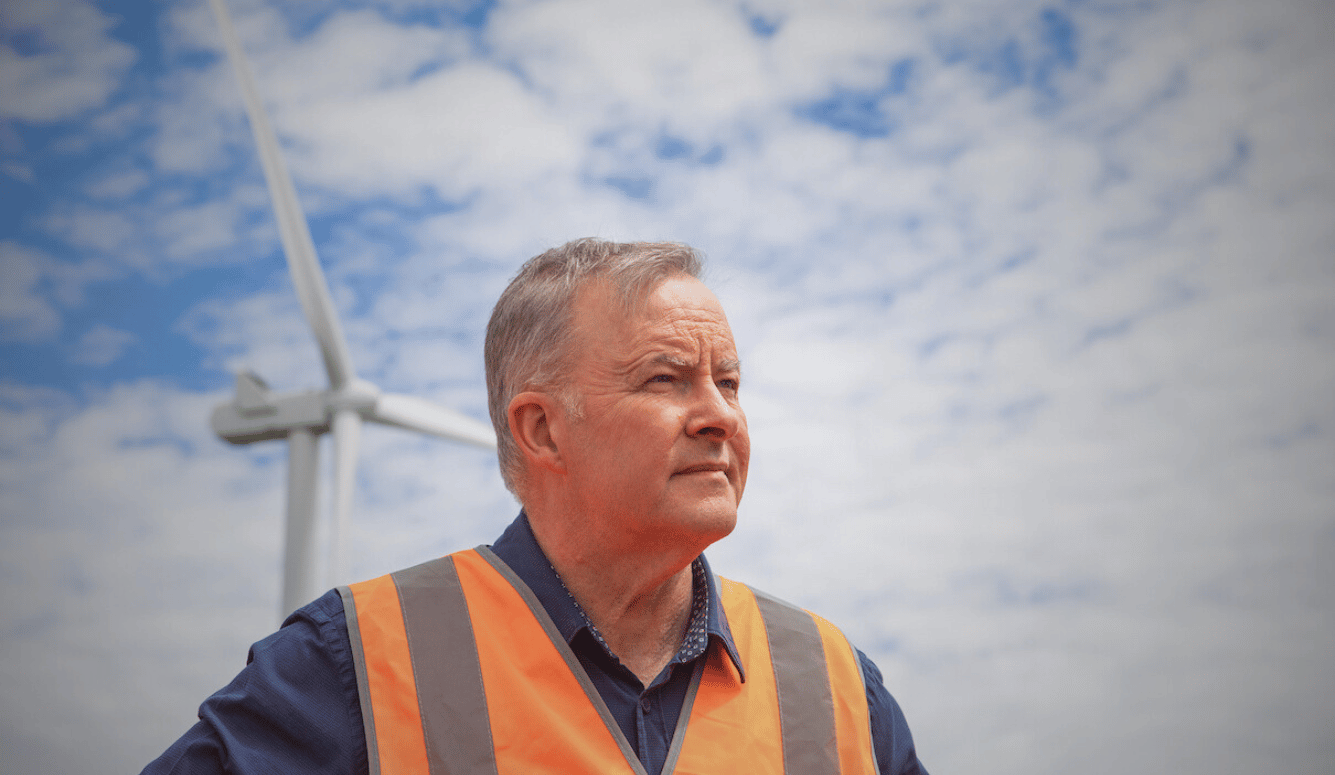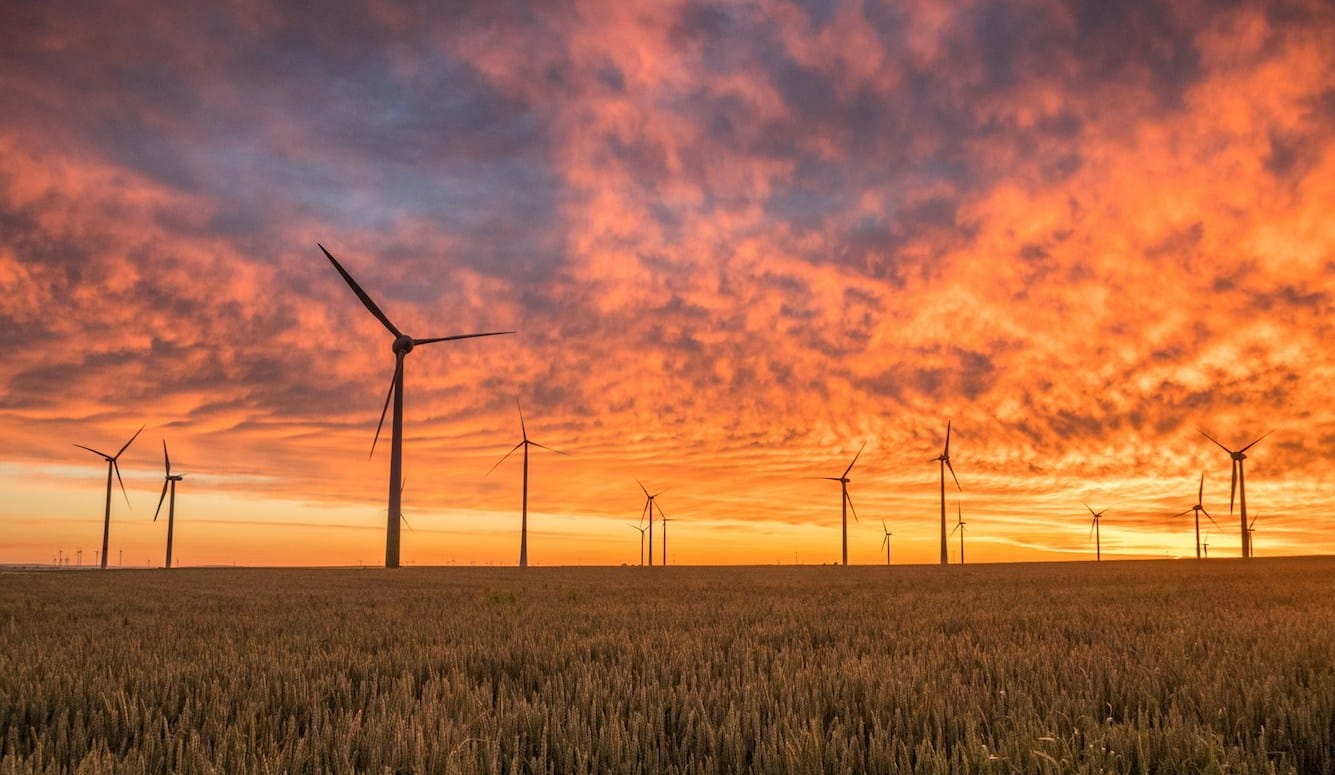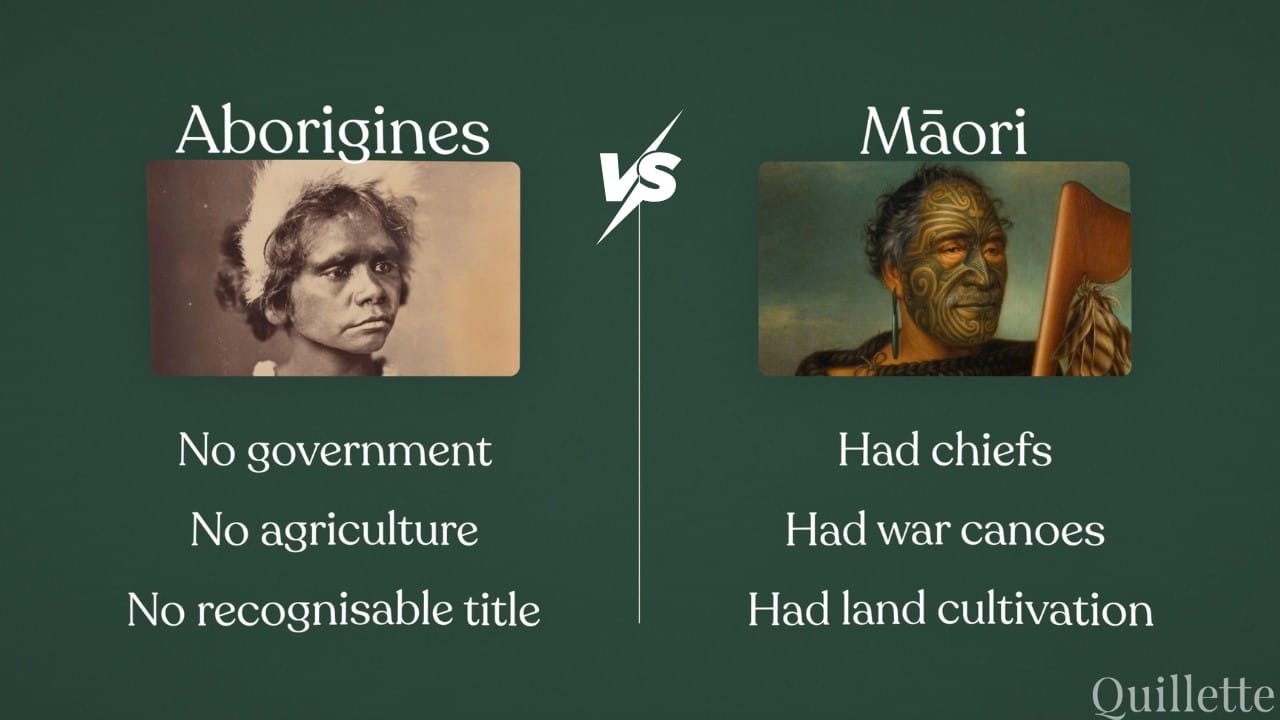Energy Policy
The Sticky-Paper State
Instead of building nuclear, the Australian government is betting on the importance of ‘green energy’ with a foolhardy subsidy scheme that will be difficult to dismantle if it proves economically disastrous.

In February 2025, Prime Minister Anthony Albanese’s government proclaimed a new economic dawn for Australia. With the passage of the Future Made in Australia (Production Tax Credits and Other Measures) Act 2025, ministers and their allies trumpeted the arrival of “hundreds of thousands of new jobs" in hydrogen, green aluminium, batteries, and critical minerals by 2040. These figures, however, came neither from the Treasury nor from the Productivity Commission—Australia’s independent, non-partisan body that assesses the cost and effectiveness of government policy—but from an advocacy-commissioned report co-sponsored by unions, business, and NGOs.
The Act is more than a jobs promise. It gives the federal government new powers to direct taxpayer money into industries it deems “strategic,” using production tax credits and long-term subsidies. The stated purpose is to build sovereign supply chains, reduce dependence on foreign powers—especially China—and position Australia as a “renewable energy superpower.” In other words, the government is not just funding projects, but attempting to reshape the structure of the economy through targeted industrial policy.
The Act is full of sweeping rhetoric. Nuclear power is summarily dismissed: we are told that “The regulations must not prescribe uranium,” due to a last-minute Greens amendment supported by Labor. Opposition criticism that the scheme is a “con job” is brushed aside. This approach will be familiar to observers of Australian politics, in which it is often hard to separate policy from propaganda. The Act is presented with absolute confidence: the Explanatory Memorandum promises it will provide “the clarity and certainty” industry needs “to invest… with confidence.” Yet the legislation itself contains no costing provisions, even though billions of dollars in public subsidies are implied. And in promoting the law, the Prime Minister has described it as a way to “secure our economic destiny”—framing a partisan industrial strategy as a national imperative.
There has been considerable opposition to the Act in the Australian Senate. Paul Scarr, Senator for Queensland, who has decades of experience in the private sector, called the legislation “an absolute train wreck” and warned of the “sticky paper” phenomenon: once government invests in a project, it cannot withdraw its support without political cost. Andrew Bragg, Senator for New South Wales, described the Act as “winding back the clock forty years... to a period when the government thought it knew better than the market.” Former Productivity Commission chair Gary Banks compared the scheme to “Hotel California”: businesses may enter, but few will ever leave.
The problem is that the bill allows ministers to bypass economic feasibility tests in order to fund favoured sectors and to avoid publishing their underlying reasoning. As the Productivity Commission notes, without periodic independent reviews and off-ramps—mechanisms to terminate subsidies when promised goals are not met—the government could find itself propping up unprofitable industries indefinitely. This approach encourages businesses to focus on lobbying parliament rather than producing profits. In addition, every dollar spent subsidising favoured industries is a dollar not available for spending on defence, aged care, or debt reduction.
The official justification of the Future Made in Australia programme is that it will safeguard “strategic industries” that are essential to Australia’s economic resilience and national security. In particular, industries that produce hydrogen, critical minerals (with the notable and arbitrary exclusion of uranium), and “clean energy” allegedly provide a bulwark against the uncertainties of global supply chains and prevent reliance on China and the Middle East.
The problem is that governments cannot reliably discern which industries are genuinely strategic and which are merely fashionable. The Act divides its subsidies into two streams: the net-zero transformation stream and the economic resilience and security stream. A sector may qualify for the first if it promises a sustained comparative advantage in a net-zero global economy, and for the second if it is judged geopolitically necessary to ensure that the relevant products are produced in Australia.
However, as the Productivity Commission has pointed out, it’s hard to predict which industries will be most successful in the future, especially in the fast-moving tech sector. A technology that looks promising in 2025 may be redundant by 2030. Sectors favoured today may be undercut tomorrow by breakthroughs elsewhere, or by shifts in trade alignment.
The Act tries to safeguard against such changes by mandating periodic assessments of the profitability of the sectors concerned, to be conducted by the Secretary of the Department of Industry, Science and Resources. But this safeguard is more cosmetic than real. The responsible minister alone decides whether an assessment will be conducted and retains the discretionary power to ignore its conclusions.

So how likely is the government to withdraw support from a failing sector? Not very likely—governments always have far stronger incentives to distribute visible benefits than to exercise economic discipline. Once spending begins, constituencies form, lobbyists mobilise, and withdrawal becomes politically prohibitive. Voters notice a factory opening; they rarely notice the opportunity costs borne by the taxpayers who financed it. Ministers can stand before cameras announcing new hydrogen hubs, but no equivalent photo opportunity exists if they decline to subsidise a marginal project. The Future Made in Australia package caters perfectly to these incentives. It enables a minister to allocate funds to sectors designated as “strategic” and to bask in the reflected glow of subsidising Australian industries—while the costs of doing so are spread thinly across the budget and the risks postponed.
Australia has a long record of propping up industries long after their commercial life has drained away. The car industry absorbed more than AU$30 billion in government assistance between 1997 and 2013, as governments kept Ford, Holden, and Toyota operating to protect jobs and unions. Once the subsidies ended, each company shut its Australian plants—Ford in 2016, Holden and Toyota in 2017.
Shipbuilding followed the same script. The Collins-class submarine programme and the Adelaide and Williamstown shipyards survived through political will rather than market demand. Successive governments kept money flowing to preserve local workforces and marginal seats, even as costs blew out and productivity lagged behind international competitors.
To become a more economically resilient country, Australia needs to encourage open, flexible markets in every sector, including energy—not introduce subsidies. Subsidies may secure the ministers who enact them immediate political credit, but future governments will inherit the fiscal burden. It’s important not to be overly dependent on foreign powers, of course, but neither should Australia become dependent on domestic patronage networks, which can lead to a destructive cycle of rent-seeking, in which industry invests as much in lobbying Canberra as in innovating to ensure their global competitiveness.
Hydrogen Dreams
Of all the sectors anointed by the Future Made in Australia programme, none has been announced with greater rhetorical flourish than hydrogen. Ministers describe it as the fuel of the future, the foundation of Australia’s ambition to become a “renewable energy superpower.” To hasten that destiny, the Hydrogen Production Tax Incentive offers producers a subsidy of AU$2 per kilogram of renewable hydrogen, available for up to ten years per project, beginning in July 2027 and running through to 2040, at a projected cost to taxpayers of AU$6.7 billion. A market that barely exists today—in hydrogen—is to be conjured into being by the Treasury's chequebook.
The appeal to politicians is obvious. Hydrogen seems like a transformative industry: producing clean fuel, creating jobs in some of the country’s remoter regions, providing a product that has the potential to earn money in exports. The government points to 69 hydrogen projects already in the development pipeline and promises tens of thousands of jobs by 2040. Yet hydrogen’s viability remains exceedingly challenging. Production is expensive, transport and storage are technically difficult, and global demand is uncertain. Other countries, especially Japan and Germany, have also heavily subsidised hydrogen production—with very mixed results.
The prediction that the hydrogen industry will create 30–50,000 jobs by 2040 assumes not only that there will be rapid domestic uptake but also sustained export demand. This is a risky assumption. Hydrogen may prove to be a crucial part of a decarbonised global energy system, but it may also remain marginal, overtaken by cheaper or more flexible alternatives. By committing billions of dollars in advance, Australia is locking itself into a single technological bet. In theory, the funding is limited to ten years per project—but once investments have been established and jobs created, future governments will be under a lot of political pressure to continue their subsidies.
Critical Minerals
The government has promised that Australia will not merely export mineral ore, but process lithium, cobalt, rare earths, and nickel onshore. To facilitate this, the act offers a ten percent production tax credit on eligible refining and processing costs, available for up to ten years per project—a subsidy explicitly designed to redirect investment from raw extraction into midstream processing. Budget papers estimate the cost at AU$7 billion over the coming decade.
The reasoning behind this is that critical minerals are necessary for the production of batteries, solar panels, wind turbines, and defence technologies. Demand is projected to soar, and Australia possesses abundant reserves. Why not seize the chance to embed ourselves in the global value chain? Ministers insist this is sovereignty in action, insulating the nation from Chinese dominance and guaranteeing high-skilled regional jobs. As with hydrogen, the rhetoric trades on geopolitical anxiety and technological aspirations.
Yet the risks are acute. Processing critical minerals requires vast capital, heavy energy use, and exposure to violent commodity cycles—the boom-and-bust swings in global prices that occur when demand surges, supply catches up, and prices crash. Previous attempts at onshore refining—from aluminium smelters to nickel plants—have repeatedly faltered once global prices dropped. By subsidising onshore processing, Future Made in Australia risks anchoring billions of taxpayer dollars to ventures that may never achieve sustainable margins.
Supporters of the Act, such as the Australian Council of Trade Unions, claim that critical minerals will provide 100,000 new jobs by 2040, but this prediction is not an independent assessment. It doesn’t allow for a possible downturn in the market or a shift to other technologies. The US and the EU are also heavily subsidising mineral processing, which means that global oversupply is more likely than scarcity. Meanwhile, China remains the dominant player in the field and is likely to continue to be able to outplay its competitors.
Safeguards without Substance
The Future Made in Australia Act also stipulates a novel set of Community Benefit Principles (CBPs). These principles promise to ensure that taxpayer subsidies deliver social as well as economic returns: secure jobs, workforce diversity, Aboriginal participation, regional development. They are supposed to ensure that public investments strengthen communities rather than enriching shareholders alone. The government insists that these principles will “maximise national benefit” and “embed fairness.”
The problem is that this means that projects that are not economically feasible can be advanced on the basis of their purported social benefits. This shifts attention away from whether an investment makes sense to whether it can be dressed up in the language of inclusion, diversity, and community uplift. This is not accountability; it is political insurance.
Australia has a long history of regional grant programmes sliding into pork-barrelling. The most notorious recent case was the “sports rorts” scandal of 2020, where the Auditor-General found that AU$100 million in community sports grants had been disproportionately awarded to clubs in marginal or Liberal/National Party-held electorates, often against departmental advice. A similar pattern emerged in the AU$660 million commuter car park fund, which directed 77 percent of its grants to seats the Morrison government wanted to win before the 2019 election, even when the proposed projects were not eligible or ready to proceed. These schemes were presented as community investment, but in practice became tools of electoral strategy.
Genuine community benefit is best secured by competitive, productive industries that can stand on their own feet. Secure jobs come from firms with real markets, not firms dependent on subsidies. Diversity is a natural feature of vibrant growth, not of political selection. Communities will be taught that prosperity depends on ministerial favour, not enterprise. That is the very opposite of sovereignty.
Scaffolding That Never Comes Down
The government presents Future Made in Australia as temporary scaffolding—a way to support infant industries until they can stand on their own. To justify this approach, ministers reach for familiar nation-building examples: the original Snowy Hydro Scheme, launched in 1949 to generate electricity and irrigate inland Australia, and CSIRO—the Commonwealth Scientific and Industrial Research Organisation—the national science agency founded in 1926. By invoking Snowy Hydro and CSIRO, the government invites Australians to see hydrogen hubs and critical minerals refineries as the twenty-first century equivalents of those postwar institutions.
Yet the modern reality of those institutions is less reassuring. Snowy Hydro 2.0, the contemporary expansion, has seen costs blow out from around AU$2 billion to more than AU$12 billion, along with repeated delays and engineering failures—including a tunnel-boring machine stuck underground for over a year. CSIRO, meanwhile, has come under scrutiny for its GenCost reports—annual estimates of future electricity generation costs—accused by engineers, analysts, and former advisors of downplaying the full system costs of renewables and overstating the cost of nuclear power.
The rhetoric remains developmentalist—short-term state intervention to trigger long-term private investment—yet even the institutions used to legitimise it no longer offer straightforward proof of success.
In policy documents, this is described as “de-risking” private capital. The state will absorb early costs, smoothing volatility until markets mature. Once commercial viability is proven, subsidies can fall away. At least on paper, Future Made in Australia is not meant to be a permanent transfer system. Its advocates insist that by enduring short-term fiscal pain, Australia can buy its way into future prosperity.
History suggests otherwise. Temporary scaffolding in Australian industry has rarely been dismantled. Aluminium smelters at Bell Bay in Tasmania, zinc operations at Nyrstar in Hobart, and steelmaking at Whyalla were all promoted as strategic projects that would become self-sustaining. Each has instead relied on ongoing subsidies, concessional energy deals, or outright bailouts to remain open. Future Made in Australia risks teaching more industries that their viability rests not on customers but on Canberra.
Everyone Else Is Doing It
Many of the defenders of Future Made in Australia note that many other countries—including the US, EU countries, South Korea and Japan—have been subsidising “green energy” industries. If others are doing it, they ask, why shouldn’t we?
South Korea and Japan, however, exercised a lot more discipline in their interventions. Losers were cut off; support was contingent. Future Made in Australia has no such off-ramps. Canada, another resource-rich federal democracy, has flirted with subsidy schemes, but always within stricter fiscal bounds than Australia now contemplates.
In addition, the United States and European Union can absorb inefficiency because of their sheer size: they command vast markets and reserve currencies and can obtain debt at cheaper rates. Australia is much smaller. Our prosperity depends on openness, flexibility, and the trust of global capital.
As Friedrich Hayek argued, no government can possess the dispersed knowledge required to direct investment better than markets can. Yet Future Made in Australia assumes that ministers in Canberra can decided which industries will thrive decades from now, and spend accordingly. That is not economic foresight. It is political confidence masquerading as strategy. Hayek would have called it hubris.






